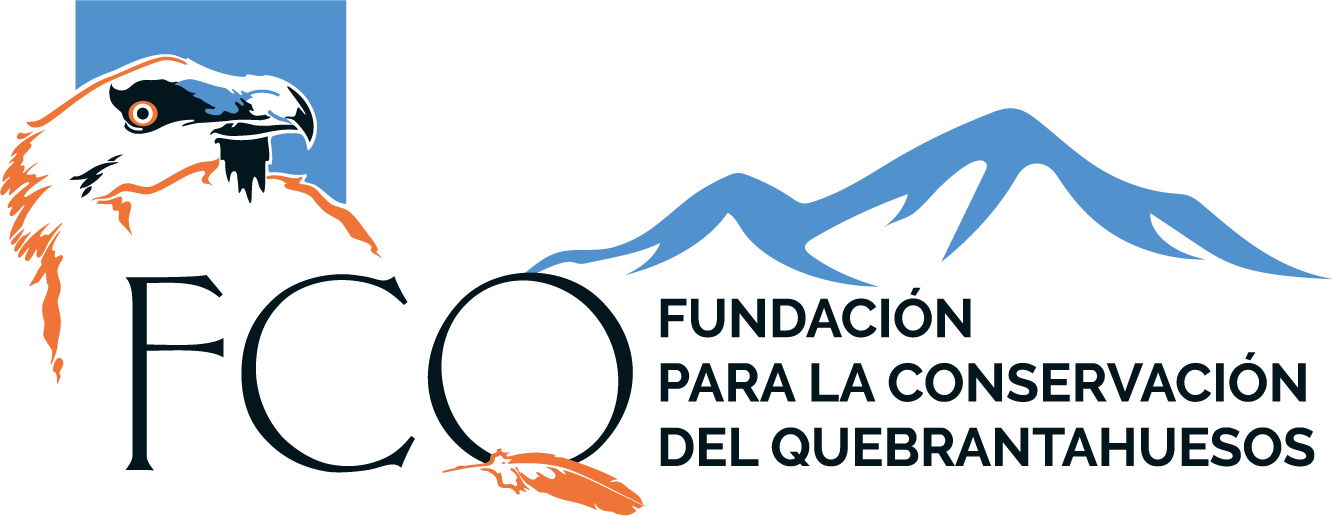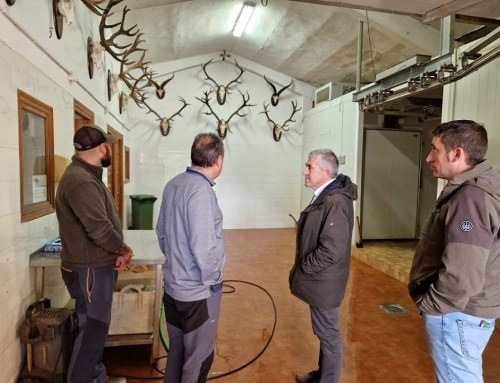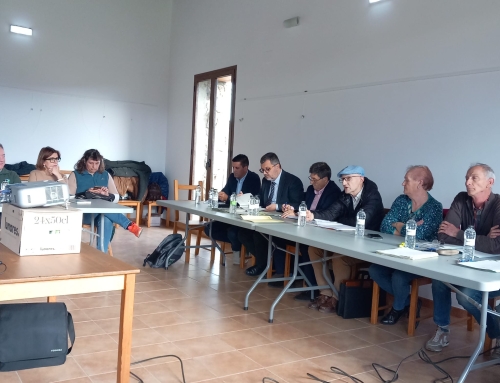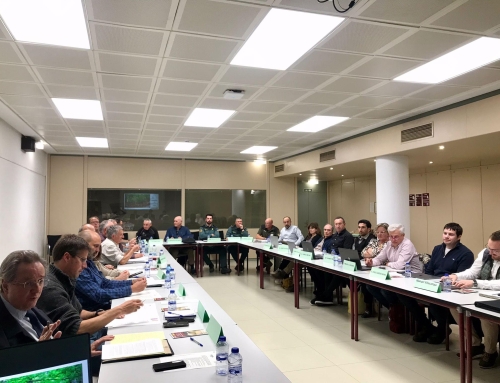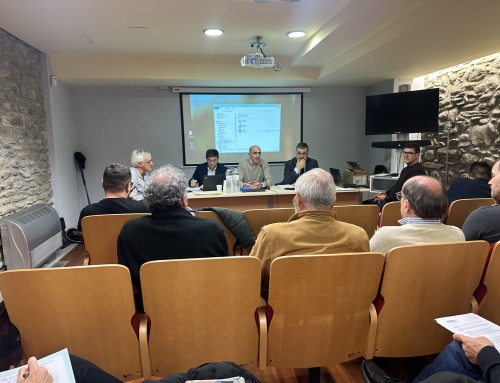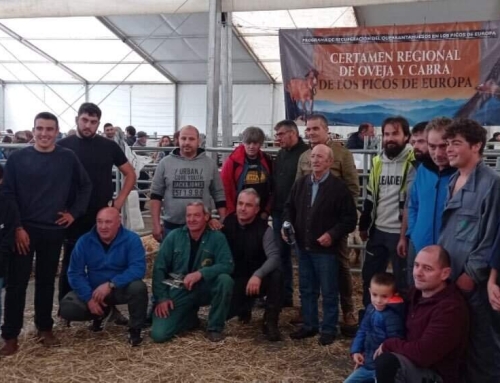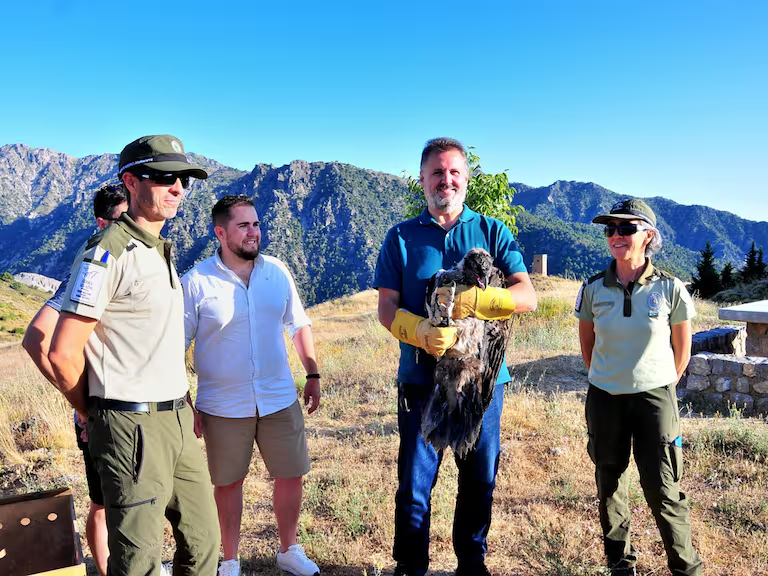
A third bearded vulture chick supports the reintroduction of the species in Sierra Nevada.
“Veleta” has been introduced in the “hacking” that the Regional Ministry of Environment has installed in Dílar (Granada).
The Sierra Nevada National and Natural Park is celebrating, not only for the celebration of its 25th anniversary this year 2024, but also for the milestone marked this year in the history of its biodiversity with the reintroduction of the bearded vulture. A third bearded vulture chick, called Veleta, has been introduced in the “hacking” that the Consejería de Sostenibilidad, Medio Ambiente y Economía Azul has installed in the municipality of Dílar, within the National and Natural Park of Sierra Nevada. The Ministry of Sustainability, Environment and Blue Economy, has begun in June, the second phase of the project of reintroduction of this emblematic bird in Andalusia, with the start of releases in Sierra Nevada, this being the first time that is done outside the scope of Cazorla / Castril, the two areas of the provinces of Jaen and Granada where so far was developing the reintroduction of these specimens. The territorial delegate of Sustainability, Environment and Blue Economy, Manuel Francisco García, accompanied by the mayor of Dílar, José Ramón Jiménez, attended this third release of chicks in the Protected Natural Area of Sierra Nevada. “This year 2024 will go down in the history of Sierra Nevada as the year in which the bearded vulture returns to take to our skies after almost a hundred years of absence,” stated García. With the release of Veleta, a specimen born in Austria, together with Sulayr and Dílar, reintroduced at the beginning of June, the reintroduction of the three Bearded Vulture chicks in Sierra Nevada planned for this year is completed. These young specimens, raised and carefully prepared to adapt to their new home, will begin to fly in the Sierra Nevada Protected Natural Area in the coming weeks. This action not only symbolizes a significant effort in the conservation of this emblematic species, but also the firm commitment of the Regional Ministry of Sustainability, Environment and Blue Economy with the preservation of the Andalusian biodiversity.
Bearded vulture settles in Andalusia conquering the territory in less time than expected
During the work of handling the chick for release, the territorial delegate highlighted the collaboration between various entities and the continued effort to ensure the success of the reintroduction of the bearded vulture. “This achievement is the result of the dedication of many professionals and volunteers who have worked tirelessly to see the bearded vulture in our sky again,” to which he added that “the project of reintroduction of the bearded vulture in the Sierra Nevada Natural Area not only benefits this particular species, but also strengthens local ecosystems and promotes the conservation of other species that share its habitat. The hope is that Veleta and its companions will find in Sierra Nevada a safe and thriving place to live and reproduce, contributing to the stability and diversity of the local fauna”.
The hacking technique
The hacking process is a technique used for the reintroduction of birds of prey in their natural habitat, and has been fundamental for this project of reintroduction of the bearded vulture in Andalusia. It consists of placing the chicks in a cavity or ledge in a rocky cut, where they are fed and cared for without direct human contact until they are ready to fly free. This method has proven to be highly effective in the recovery of endangered species, and the case of the Bearded Vulture reintroduction program in Andalusia demonstrates this. The bearded vulture, one of the most impressive birds in Europe, is characterized by its wingspan, which can reach three meters, and its specialized diet of bones. Its presence in Sierra Nevada represents an indicator of ecological health and biodiversity. The last time this species was recorded in the region was almost a century ago, which underlines the importance of the success of this reintroduction project.
Source:
